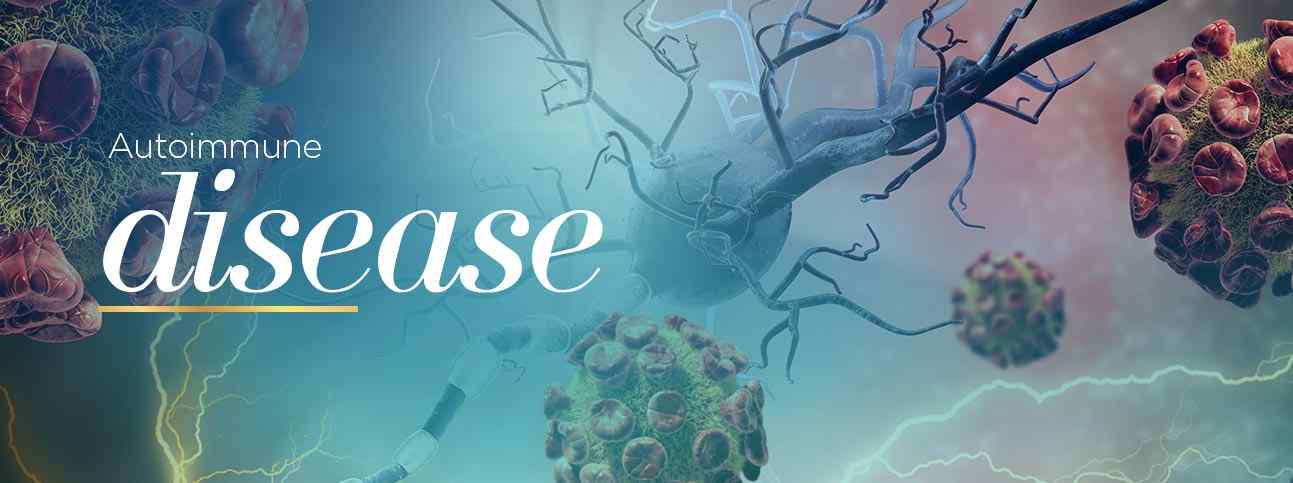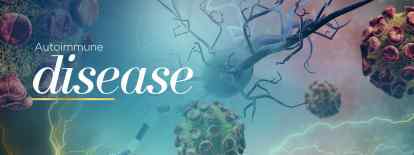An Introduction to Low Dose Naltrexone (LDN)

Naltrexone was initially approved by the FDA in 1984 as an opiate antagonist under the trade names ReVia, Depade, and Vivitrol. These medications were introduced as oral 50mg tablets (ReVia, Depade) and 380mg intramuscular injection (Vivitrol) to help adults overcome their addiction to heroin, opium, and alcohol dependence. At these high dosages, various precautions need to be taken to ensure patient safety:
-
Concomitant use with opioids
-
Hepatic function
-
Renal function
However, over the past 30 years, naltrexone has been transformed and revolutionized for many other usages aside from what is currently used in mainstream medicine to combat opioid addiction. Compounding pharmacies across the nation, from California to Nevada to Texas and Florida, have been formulating naltrexone in micro-doses 50 to 100 times less than its commercially branded counterpart. Low Dose Naltrexone (or LDN for short) has been considered a miracle drug for some practitioners and patients in helping increase quality of life and manage numerous diseases that may seem hopeless in the eyes of conventional medicine. How did this novel approach of LDN come about?
In 1985, Dr. Bernard Bihari, a neurophysician from Harvard Medical School, followed very closely the development of naltrexone and found that the drug tripled the production of endorphins when given at high doses. Endorphins are hormones responsible to help relieve pain, fear, and anxiety. Endorphins also plays a major role in acute stress by boosting the immune system and doubling immune cells. These findings piqued Dr. Bihari’s research interest towards figuring out how naltrexone may work to enhance a person’s immune system.
Dr. Bihari and his colleagues tested endorphin levels in 10 people with AIDS and found that levels were less than 30% of normal. They performed a study in people with AIDS for about 9 months and found that the people who received low doses of naltrexone (about 3mg per day) resulted in fewer deaths, fewer opportunistic infections, and the number of immune system cells were higher than those who received a placebo.
After more than 10 years of research, experimentation, and monitoring of his patients, Dr. Bihari also concluded that LDN showed drastic improvements on quality of life and control of disease progression in patients coping with various cancers and autoimmune diseases.
Thanks to Dr. Bihari’s discovery, LDN is now being used for a myriad of diseases such as breast cancer, pancreatic cancer, lymphoma, various other cancers, autoimmune diseases (such as Hashimoto’s, rheumatoid arthritis and multiple sclerosis), chronic pain, central nervous system (CNS) disorders, gastrointestinal diseases, depression, and the list expansively continues. The question you are probably wondering is how can one medication treat so many different types of disorders? Let’s take a look at the mechanisms of action of LDN in further details.
The benefits and drawbacks of any drug development come from the fact that drugs are almost never 100% selective. Exogenous medications which alter human physiological processes often result in different effects when given at higher versus lower doses. The mechanisms of action that we will discuss today do not apply to naltrexone at conventional doses of 50mg to 300mg. These immunomodulary effects discussed here have been studied for LDN in doses between 0.1mg to 5mg.
LDN is very interesting because its pharmacological targets arise from its two different isomers: L-isomer (Levo-naltrexone) and R-isomer (Dextro-naltrexone).
Levo-naltrexone isomers bind to endorphin receptors and act as potent but transient reversible competitive antagonists. In this mechanism, LDN works to temporarily trick our immune system into thinking it is deficient in endorphin, and in response, will upregulate or stimulate our immune system to:
- Produce more endogenous endorphins and enkephalins
- Promote release of dopamine in the CNS, and
- Reduce pro-inflammatory cytokines
Dr. Bihari discovered that LDN was shown to increase endorphin production by 3 to 4 times and increase enkephalin levels by 12 to 15 times! Let’s break down the functions of these stimuli:
- Support healing
- Hinder cell growth
- Slow down inflammation
- Normalize immune response
- Produce feeling of happiness, sense of well-being and contentment
- Decrease pain sensation
- Reduce stress
- Modulate appetite
The other LDN isomer, Dextro-naltrexone, works by binding to several subtypes of immune cells called Toll Like Receptors (TLR4 and TLR9) and act as a potent antagonist or receptor blockers. These Toll-Like Receptors (TLRs) are found on macrophages (aka killer cells) called microglia cells in the central nervous system. When microglia cells are activated, they produce the pathways to inflammation and excitatory factors which can lead to neurotoxicity, neuropathic pain, opioid tolerance, downregulation of GABA receptors, and activation of oncogenes. Hence, by LDN blocking TLR4 and TLR9, the opposite effects are seen:
- Neuroprotection
- Controlled pain states
- Downregulation of oncogenes by inhibiting growth and direct apoptosis (cancer cell death)
- Increased sensitization to chemotherapy, thereby, enhancing cancer treatment
- Promotion of DNA synthesis
- Repair mucosal tissues
The mechanisms of action of LDN described above are the main but not the all-encompassing explanations of how LDN have been shown to alleviate so many disease states and uplift thousands of lives worldwide. More research needs to be done to prove these hypotheses. However, what we do know is our patients’ stories and how LDN has turned their lives around.
The answer to the question “Is LDN right for me?” is as simple as “Yes, there are minimal side effects and an infinite array of benefits.”
Call Harbor Compounding Pharmacy today and talk to our LDN specialists. Harbor Compounding Pharmacy can work with your health care provider to start you on LDN, titrate you to your optimal dose, and monitor your progression through your journey to better health.
To find out more about Low Dose Naltrexone, check out our other blogs:
Discovery of Low Dose Naltrexone
The Interplay between Low Dose Naltrexone and Hashimoto's Thyroiditis
What all Irritable Bowel Sufferers Need to Know about Low Dose Naltrexone
Low Dose Naltrexone: The Chronic Pain Management Option 90% of Doctor's Don't know About



